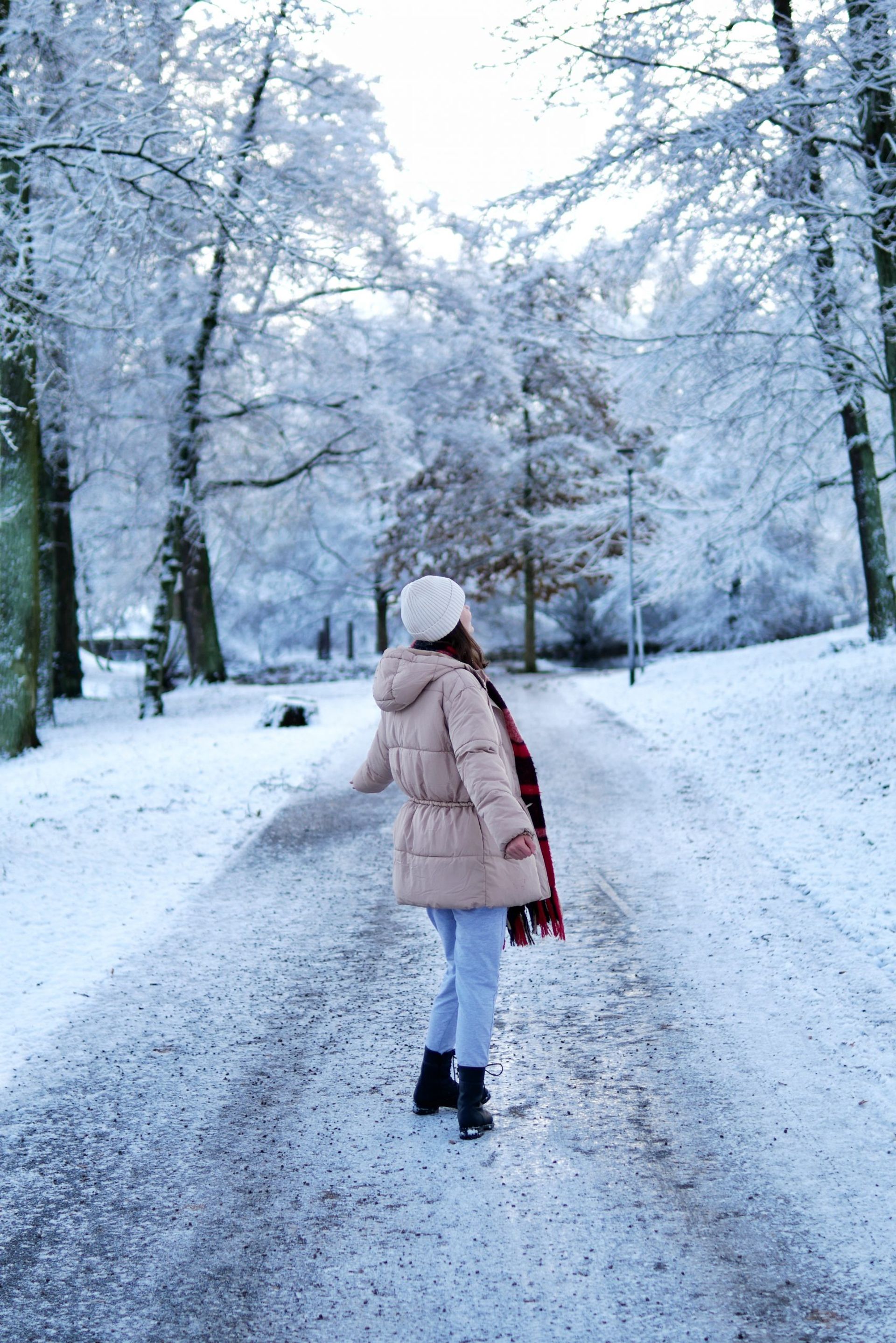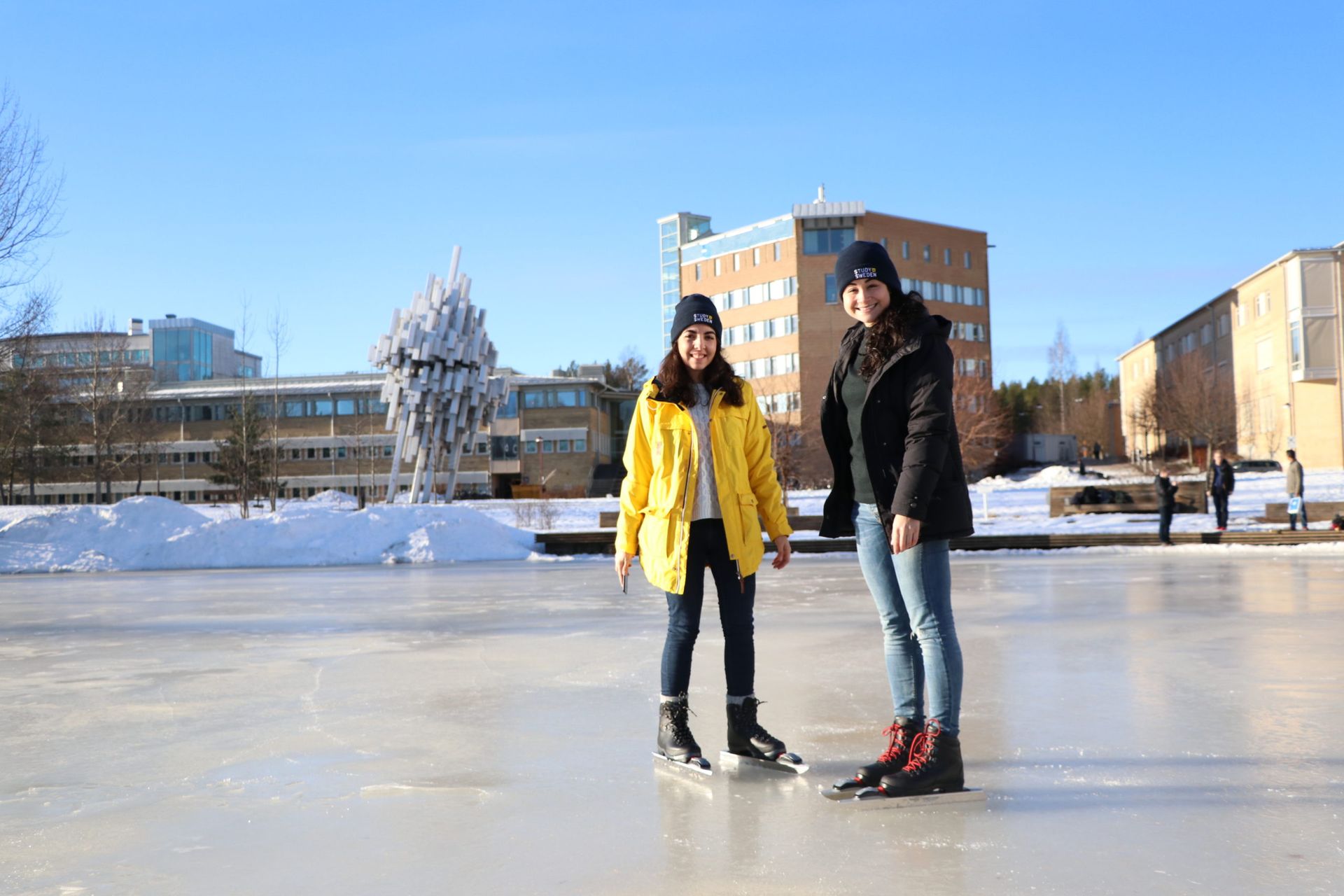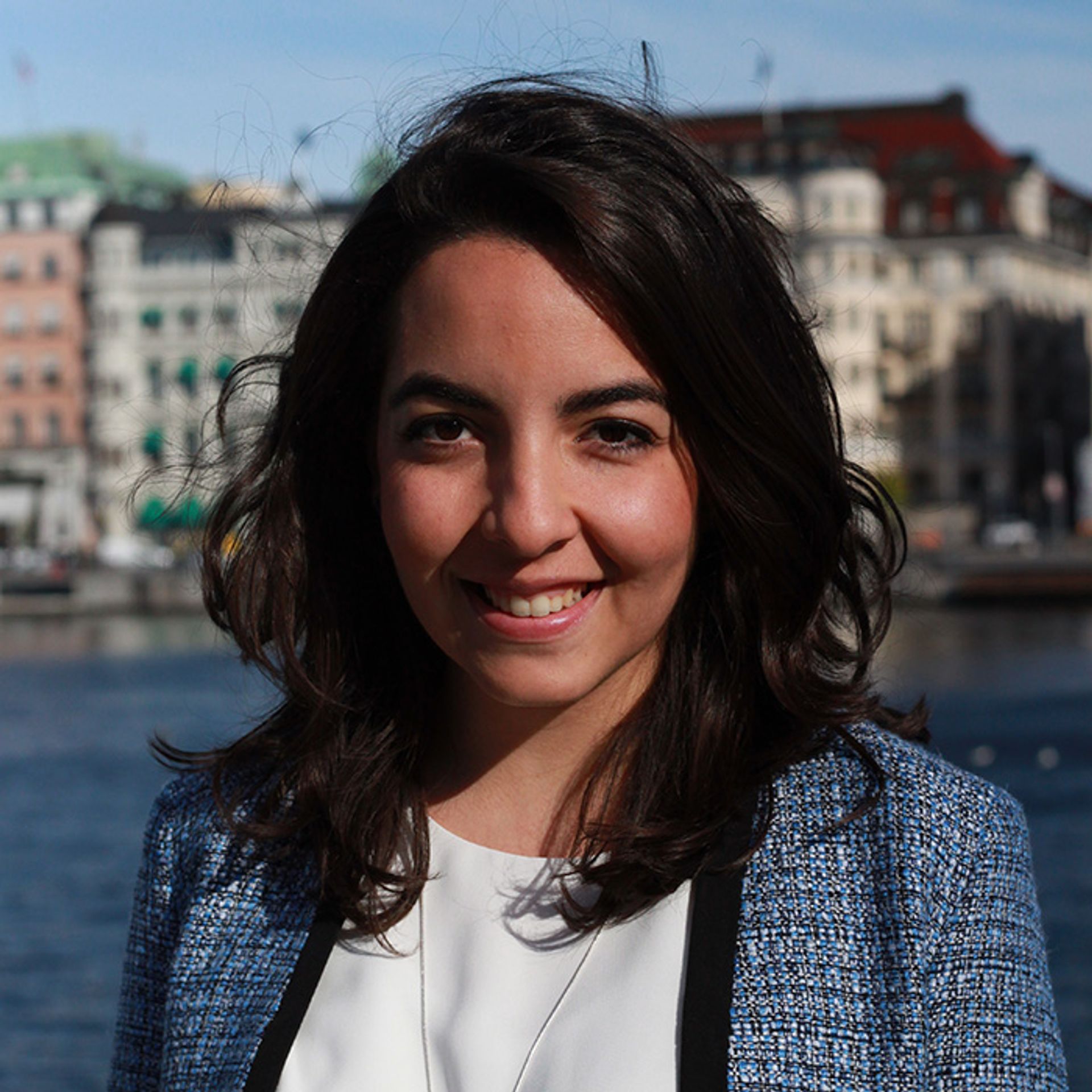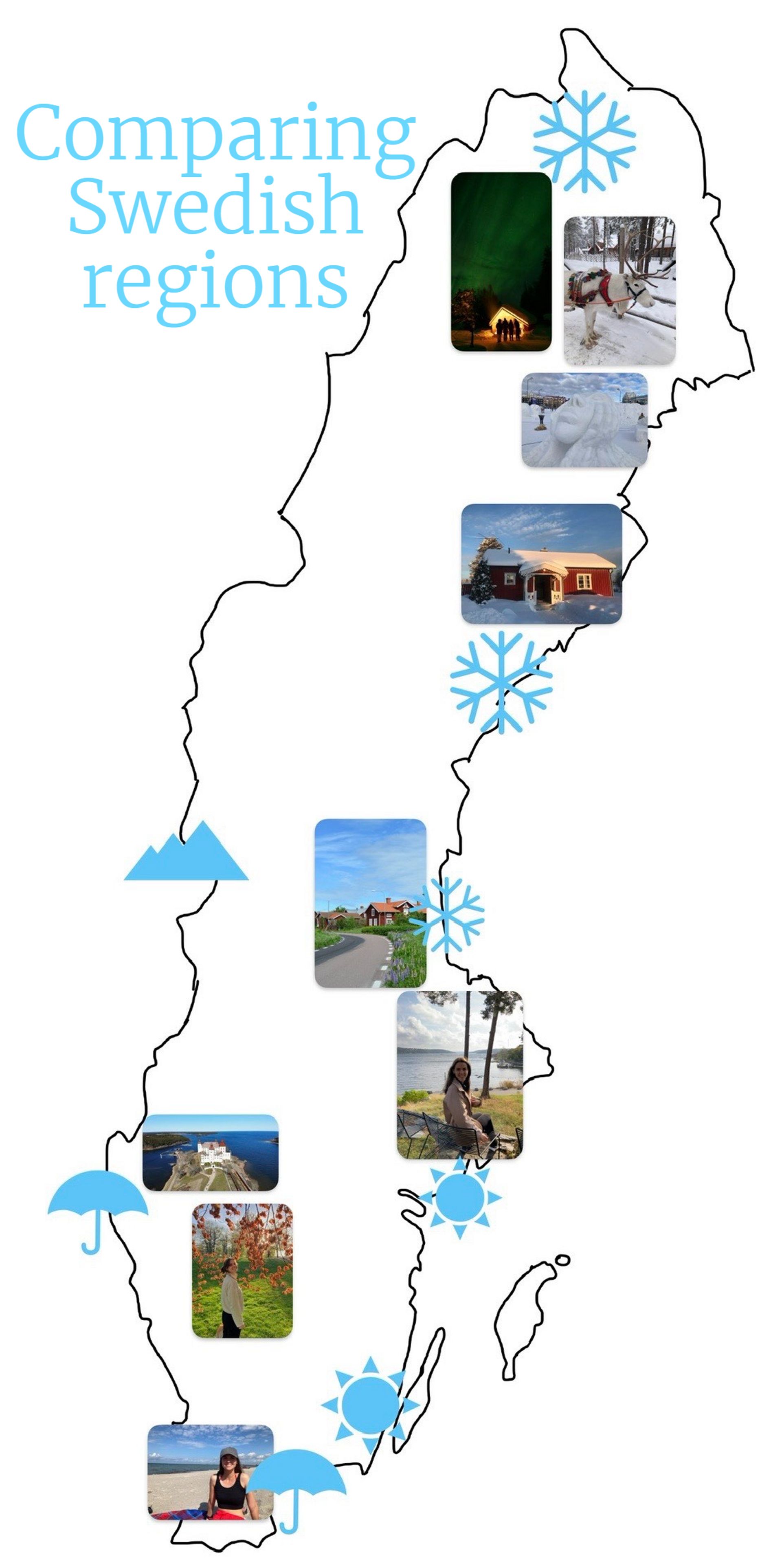
Written by Annamaria
04 Dec 2023
Sweden with its 450 000 squared km area ranks as the 55th largest country in the world. It means that Sweden is pretty big. It also means that the difference in the hours of daylight and the weather conditions in the north compared to the south is quite big. Let’s break it down together, so you can get a better idea of what to expect depending on the part of Sweden you find yourself in.
Norrbotten – Luleå and Kiruna
Luleå is the largest city in the northernmost region of Sweden, Norrbotten, also known as the Swedish Lapland. The Luleå University of Technology offers a wide range of programmes in engineering, science, economics, and more. One of its campuses is also located in Kiruna, which is a popular place to see the Northern lights, stay in a hotel made entirely of ice, or simply experience the real Swedish winter.
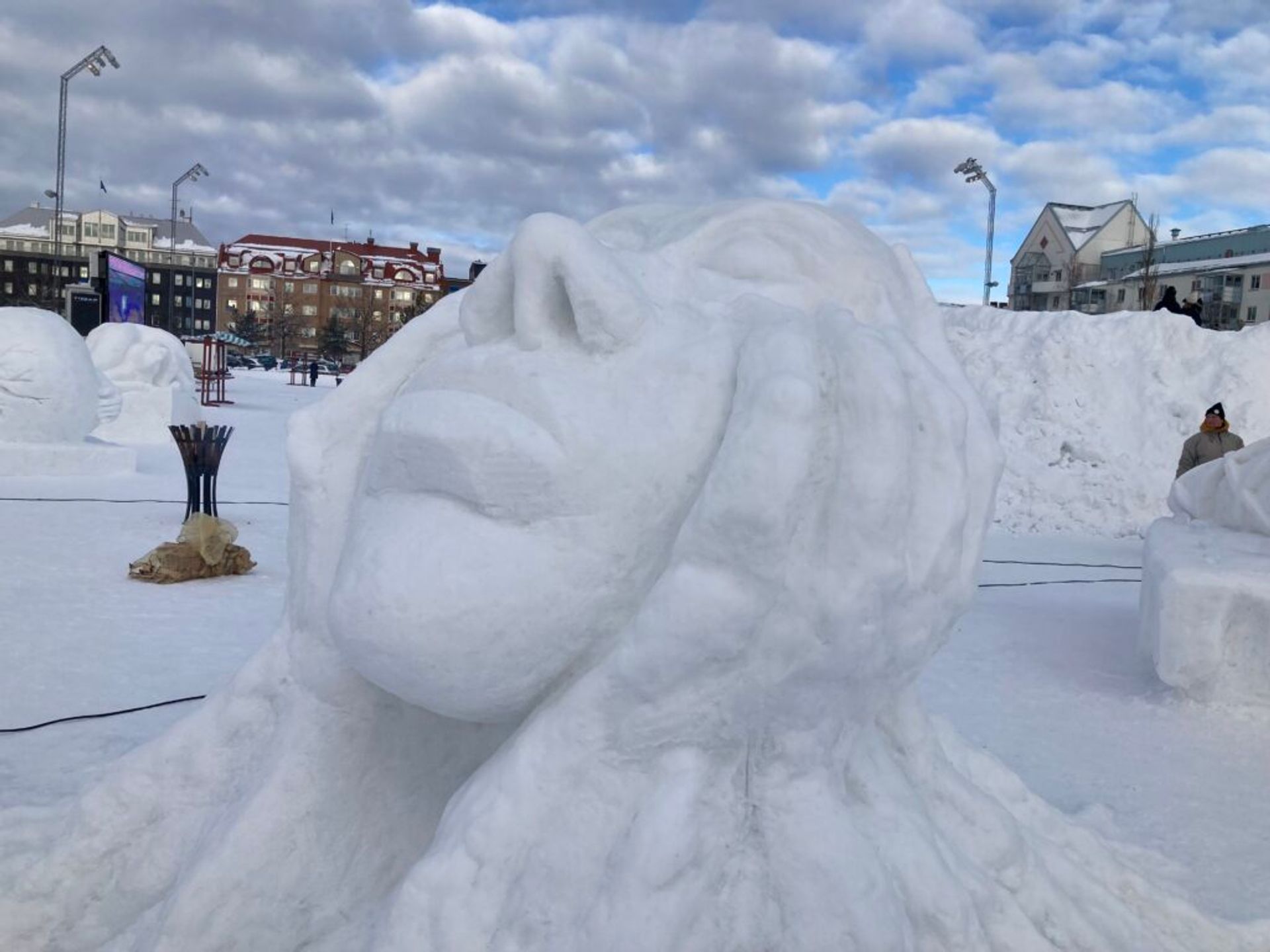
The shortest day (December 22nd) in these cities has only about 3 hours and 30 minutes of daylight. The longest day (June 21st) offers an insane 20 hours of daylight! That is why it is the perfect place to look for the Aurora Borealis – because you have more than 20 hours of darkness in winter to find it. How cool is that? (In Kiruna it’s more than 22 hours)
The average temperatures in this region are about -12 degrees Celsius in winter and about 14 degrees Celsius in the summer (with the warmest temperature in July, about 20 degrees Celsius). When I visited Luleå last year, it was freezing -22 degrees Celsius but it was a pretty awesome trip!
Västerbotten – Umeå and Skellefteå
Right under Norrbotten is the region called Västerbotten with its two most famous cities, Umeå and Skellefteå. Umeå is a great alternative if you want to experience the north but you don’t want to travel too far. Located about 600 km north of Stockholm, it offers several wonderful winter experiences including the Northern Lights, ski slopes, and dog sledging. With its average winter temperature of about -7 degrees Celsius, a city completely covered with snow is a guarantee. The average temperature in the summer is about 16 degrees Celsius.
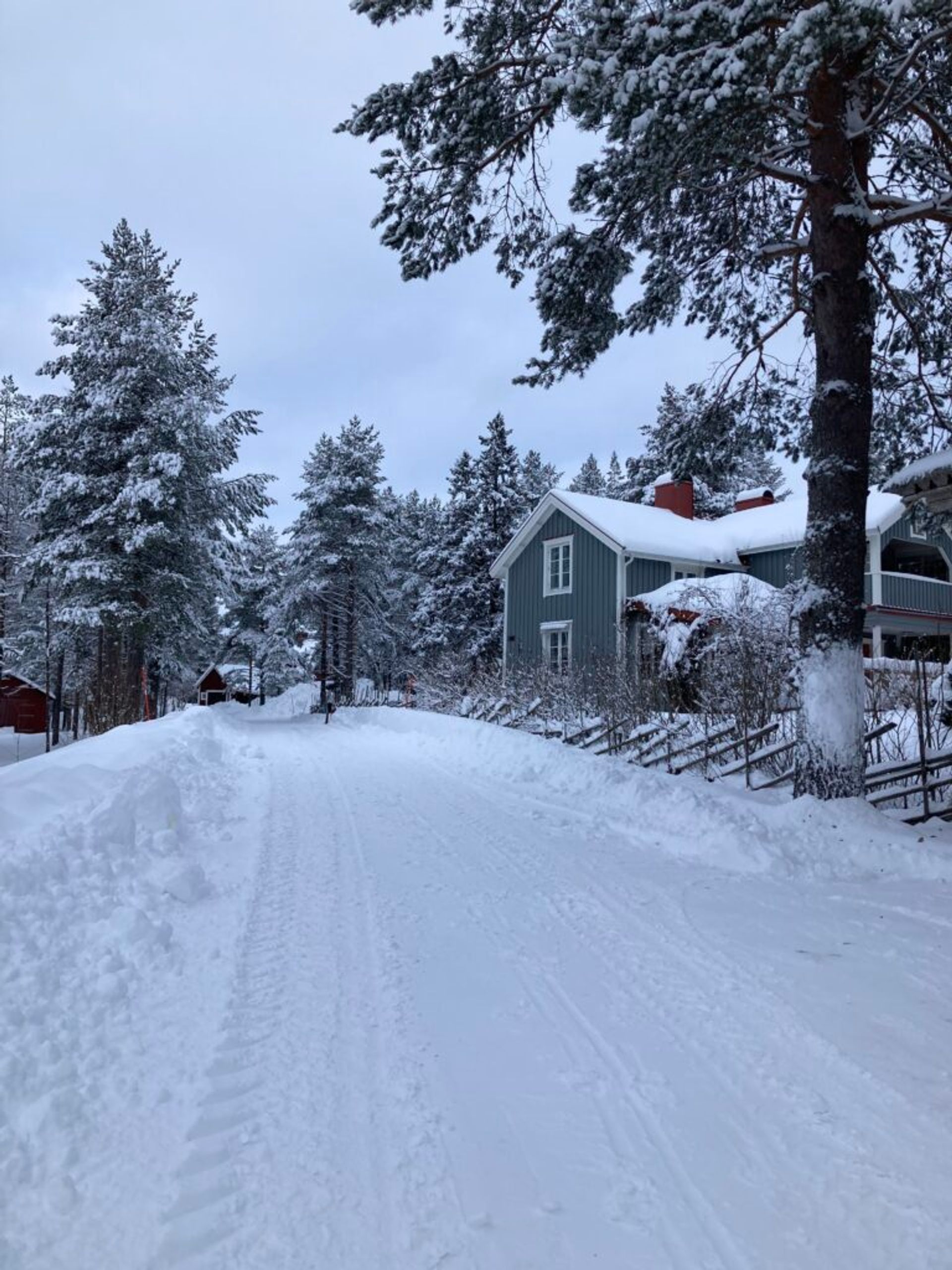
I also had the opportunity to visit Umeå University. People seem to love their experience there whether it’s for a couple of years or an exchange. All I hear is that it’s magical (the area and the people). No one minds that you only get 4 hours and 30 minutes of daylight during winter’s shortest day (December 22nd). One campus is also located in Skellefteå where the winter conditions are very similar. This city offers a great job market, especially in the mining industry, forestry, and technology companies! The longest daylight (June 21st) is almost 21 hours. 😎
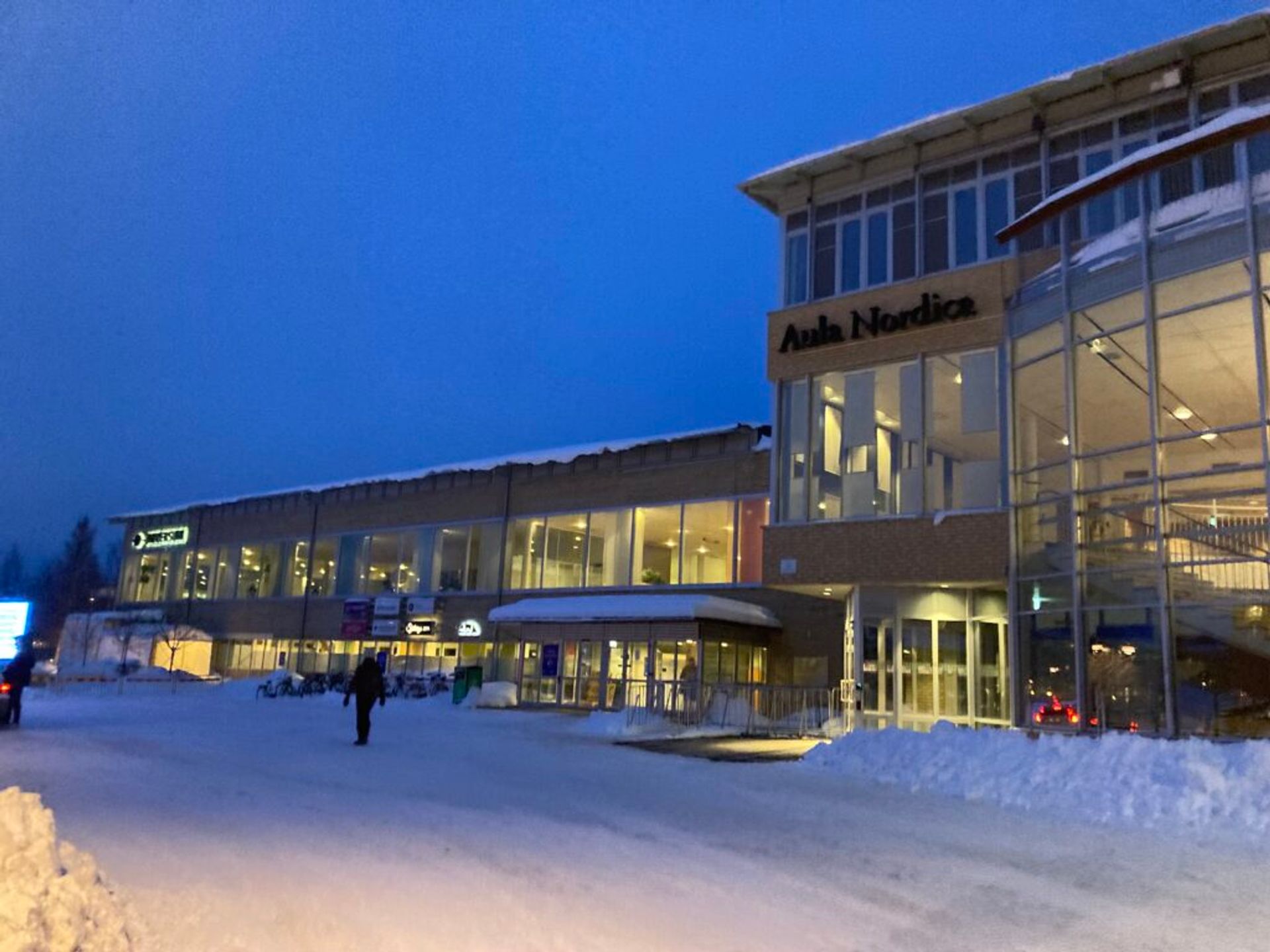
Västernorrland and Jämtland – Östersund and Sundsvall
The city of Sundsvall is located almost 300 km south of Umeå and you can choose to study here at the awesome Mid Sweden University. They offer mainly Master’s programmes with a focus on Engineering and Health sciences. It’s called ‘mid’ because in this region you can find Sweden’s geographical midpoint. The average temperatures are about -6 degrees Celsius in winter and 17 degrees Celsius in the summer. On the longest day (June 21st), you can enjoy about 12 hours of daylight while on the shortest day (December 22nd), you get just about 6 hours. Not too bad!
Gävleborg and Dalarna – Gävle and Falun
Next, we have the notorious Dalarna region famous for its red-coloured cottages (red paint on all the Swedish houses is produced here) and Dala horses.
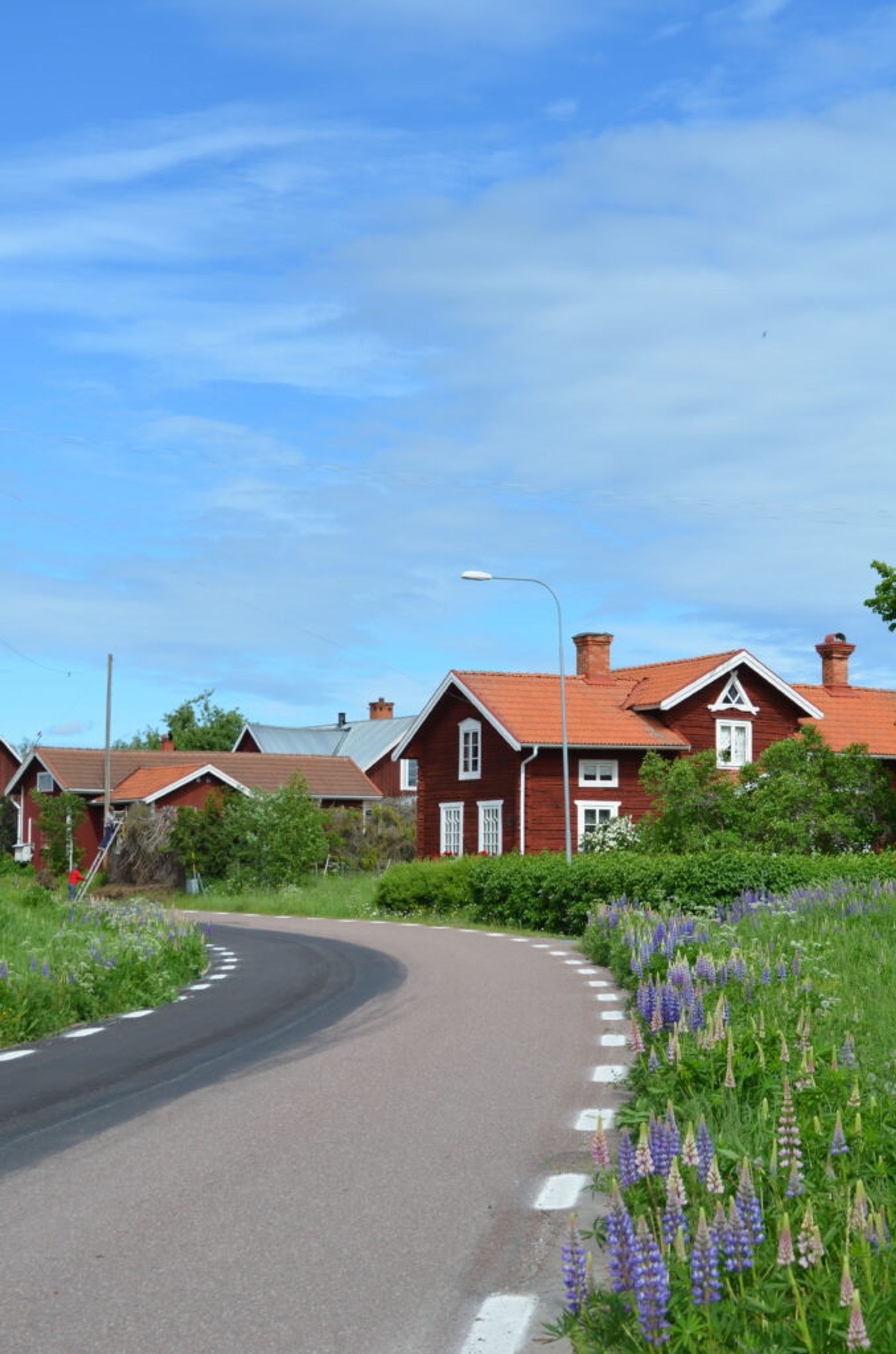
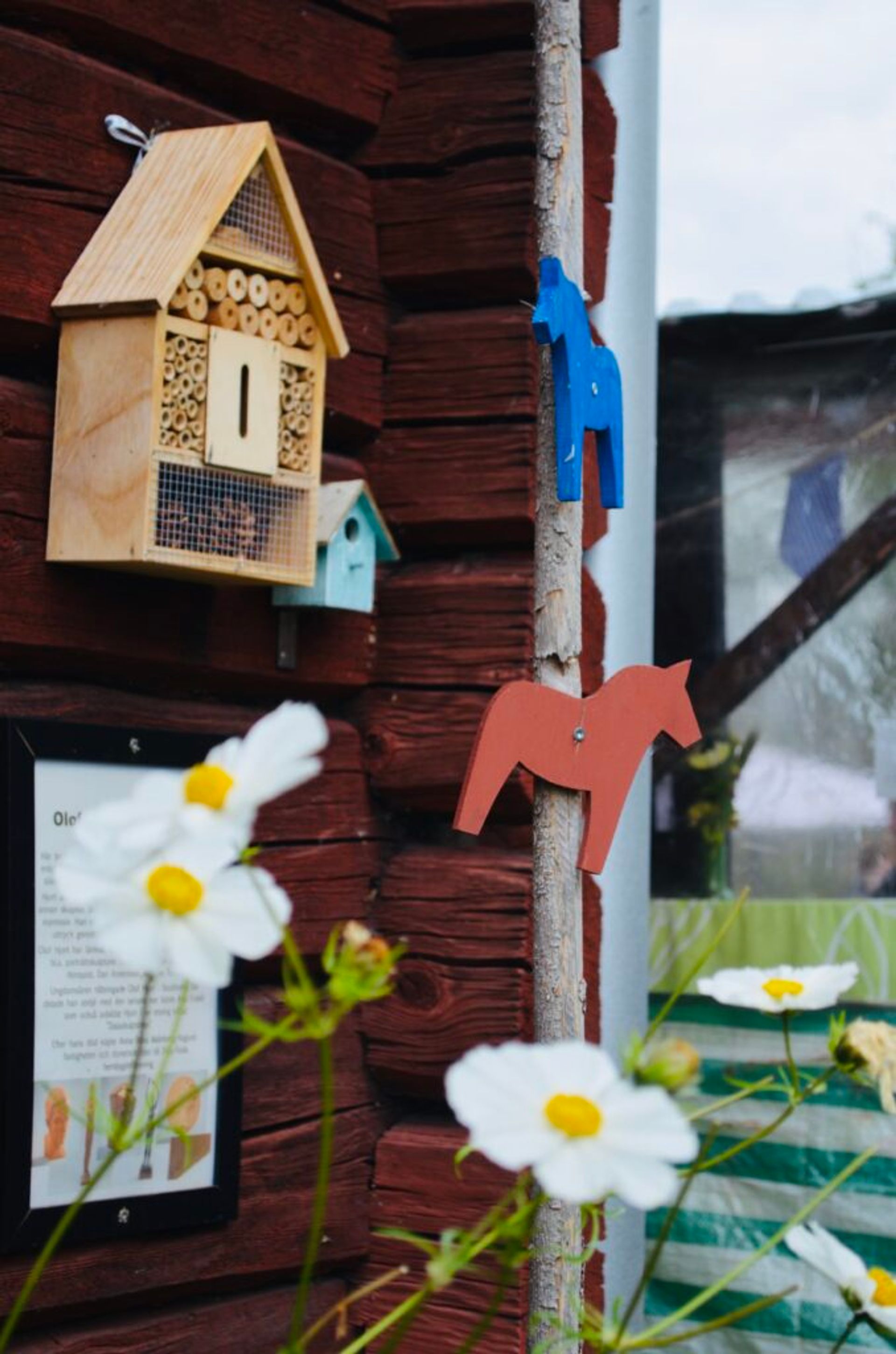
If that’s not enough, another gem in this region is the Dalarna University. This university is not only known for its great programmes (from Economics and Tourism to Engineering and Health Sciences) but also for its location which offers natural beauty and awesome adventure opportunities. With the average summer temperature between 20 to 25 degrees Celsius (longest day = 19 hours), you can enjoy hiking or fishing in Dalarna while in the winter with the average temperature of about -4 degrees Celsius (shortest day = 7 hours), you can opt for ice-skating, cross-country skiing, or alpine skiing!
Uppsala, Stockholm, Västerås, Örebro, and Karlstad
Next, we’ll cover a couple of cities together since their climate conditions are similar. First, we have the capital city Stockholm with gems such as Karolinska Institutet, Stockholm University, and KTH. There is so much to choose from!
Then, we have Uppsala with the oldest university in Scandinavia – Uppsala University, its history extends to the 16th century, and then 3 smaller cities Västerås, Örebro, and Karlstad. I got to visit most of them except Västerås with most time spent in the winter Stockholm. The average winter temperature is about -2 degrees Celsius (but don’t be fooled because it can drop to as low as -20 degrees Celsius).
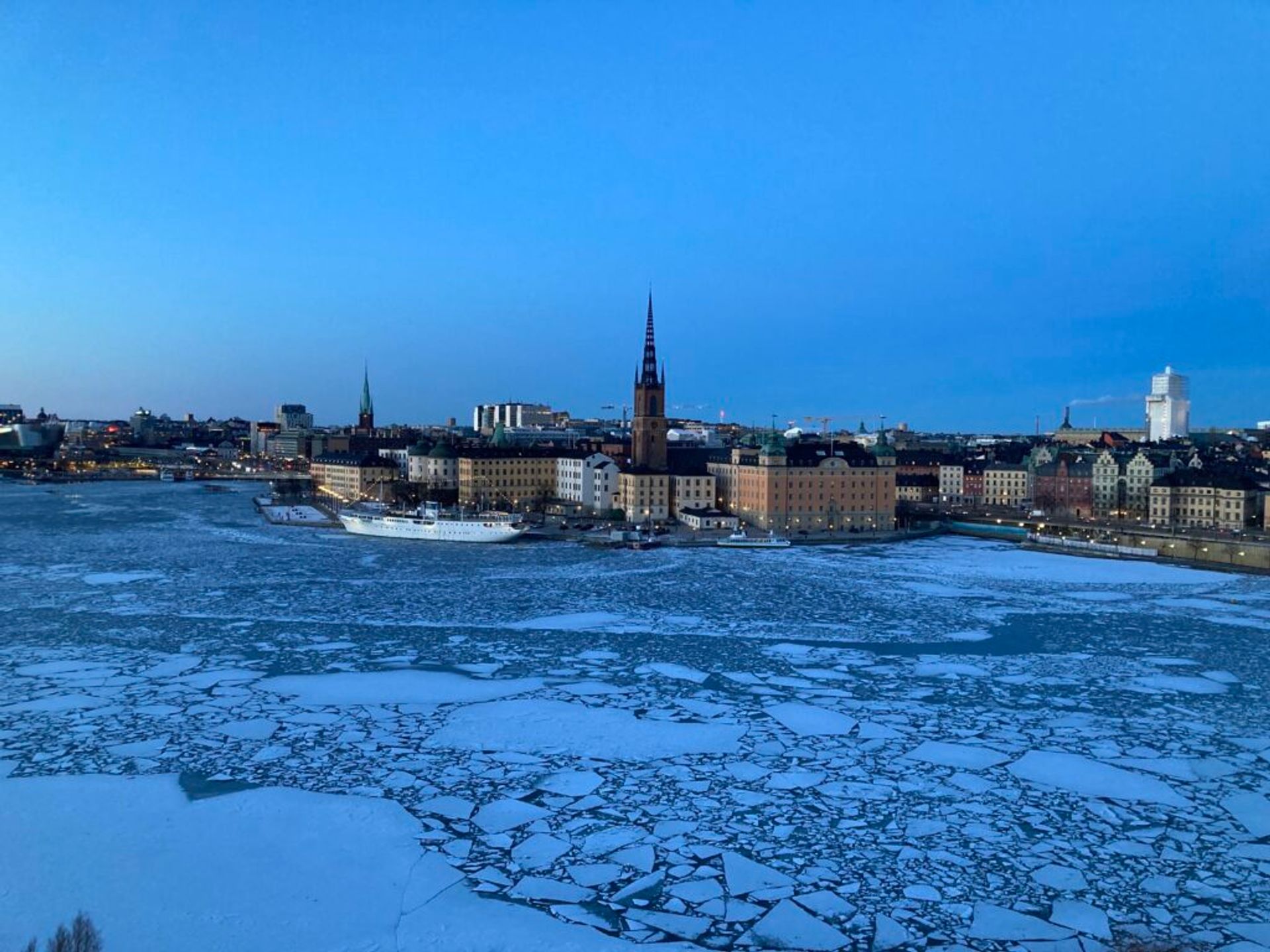
The same goes for the other cities, so you expect snowfall in all of them. In the summer, you can expect the temperature to rise to a comfortable 18 to 20 degrees Celsius. The shortest day has almost 7 hours of daylight and the longest day can have up to 19 hours of daylight. That sounds pretty okay, right?
Trollhättan, Skövde, Linköping, and Norrköping
In this part, we are entering the Västra Götaland and Östergötland regions. I believe Västra Götaland is the most underrated region that I hold close to my heart. The trips in the West of Sweden were some of the best I went to. Did you know that the first settlements in Sweden were right in this region? Both the University West (Trollhättan) and Skövde University are on my list of the most underrated universities in Sweden and they are also both super awesome. Particularly because of their small campuses and their locations close to nature besides the high-quality education. I will probably never forget Skövde because of its cute campus and its proximity to the hill, Billingen. Skövde University specialises in IT and Game Design but also Biosciences while the University West focuses on IT, Economics, and Engineering.
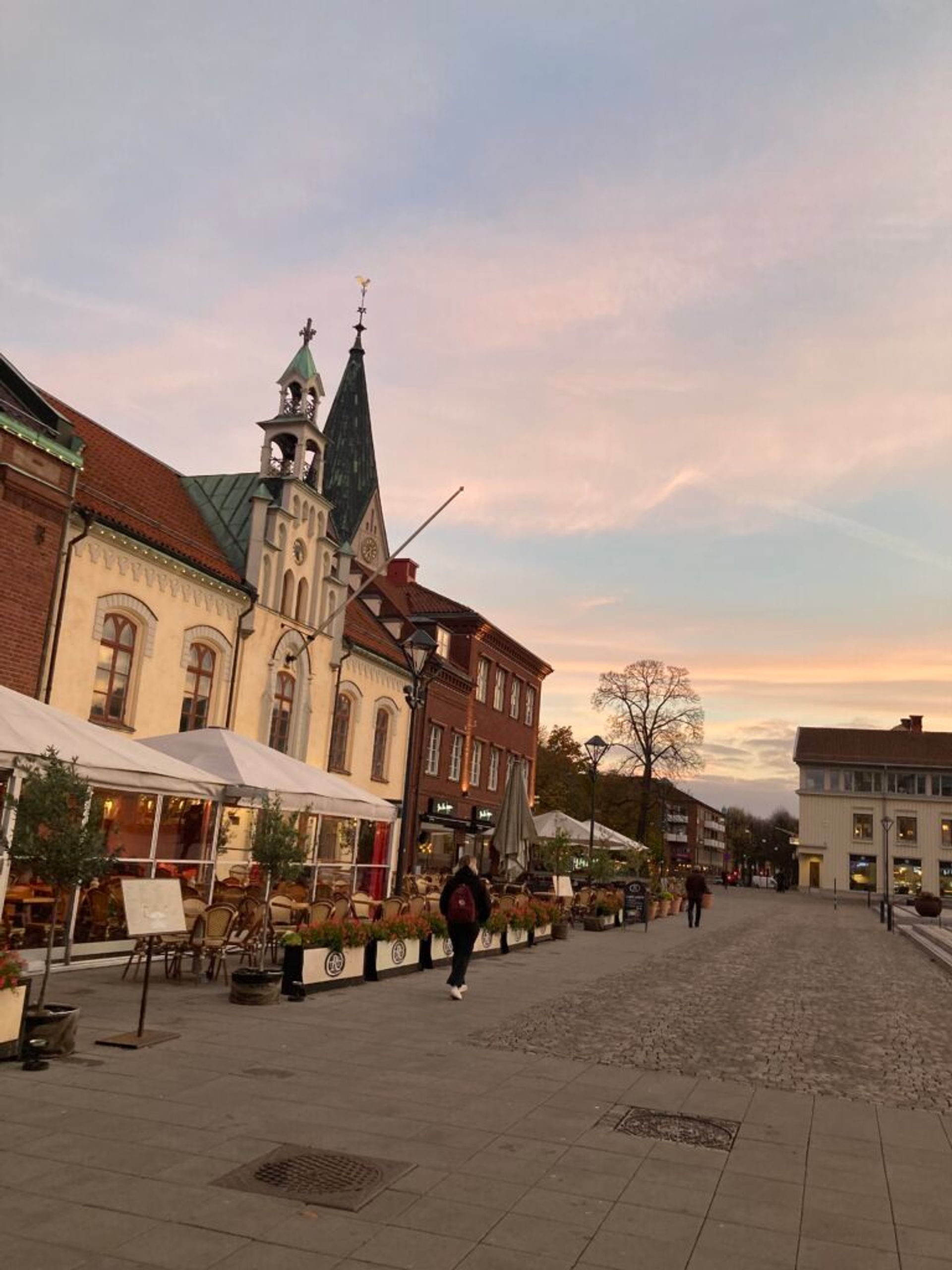
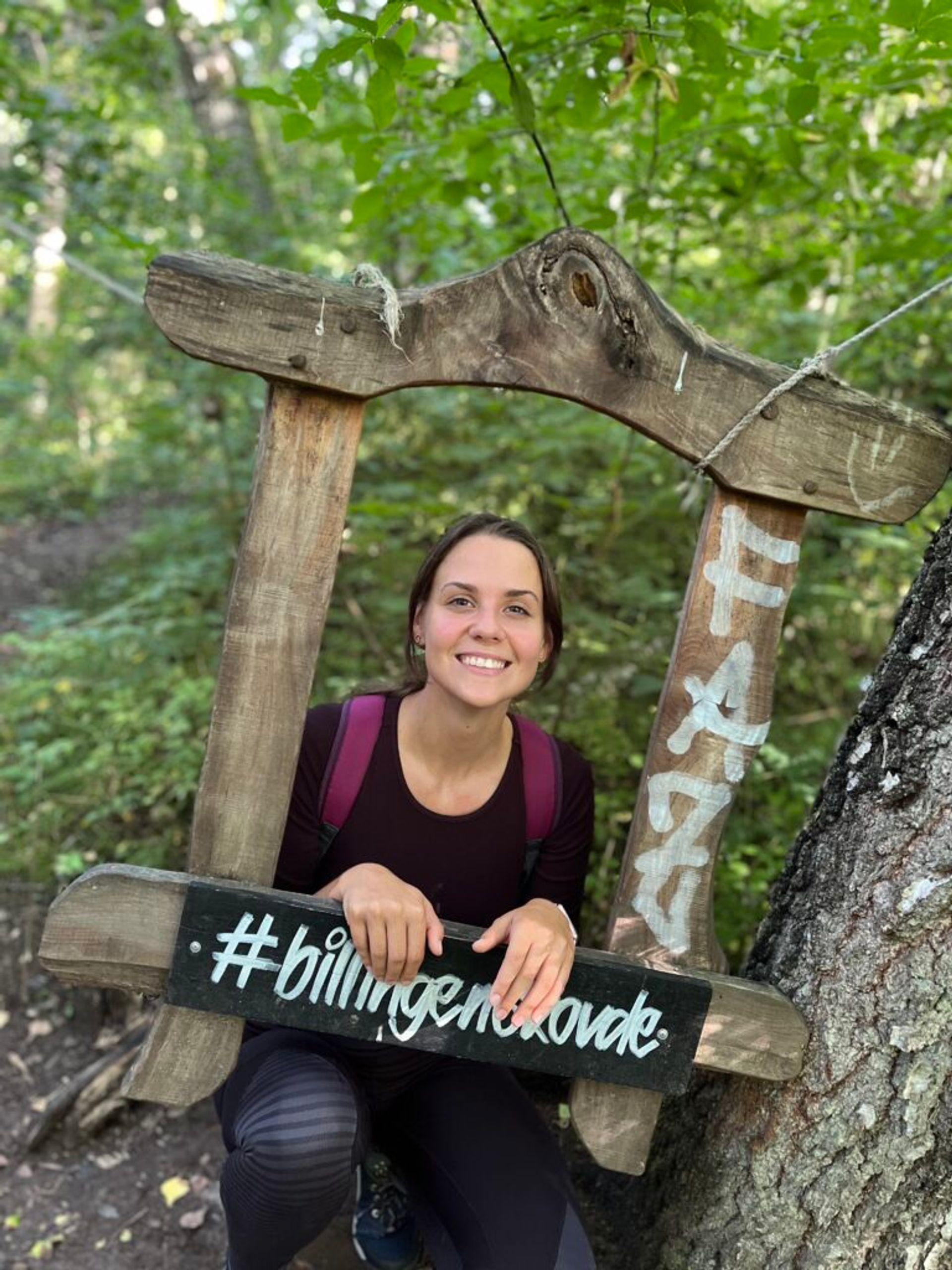
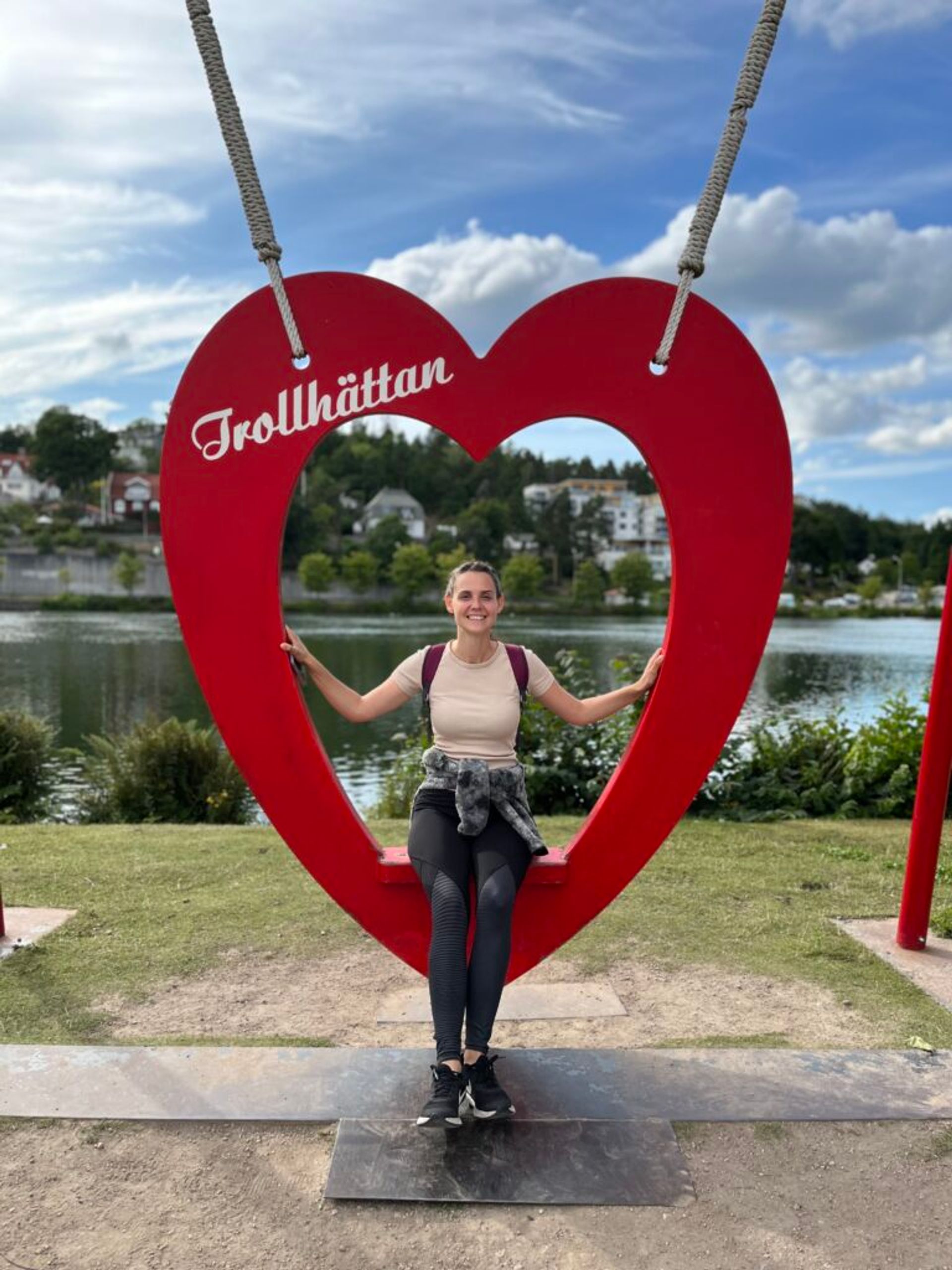
Linköping University offers programmes in Engineering, Environmental studies, and Social Sciences (one of its campuses is also in Norrköping). These cities just offer a very unique kind of atmosphere. Anyway, with its average summer temperatures ranging from 18 to 26 degrees Celsius (longest day – about 18 hours), these cities offer the best conditions for hiking or even swimming in the two of Sweden’s largest lakes Vänern and Vättern. Winter with an average of about -1 degrees Celsius (shortest day – about 7 hours) brings still a lot of snowfall and a lot of fun, especially with cross-country skiing or the little Christmas markets within the cities.
Gothenburg, Borås, and Jönköping
As we continue with Västra Götaland, it gets a little warmer and a little rainier. It seems that in Sweden’s 2nd largest city, it rains almost 40% of the time. And honestly, I have felt it since I moved here to Gothenburg from Skövde about a year ago. The average winter temperatures in these cities range from 0 to -2 degrees Celsius. It can get colder but also warmer with the highest winter temperature of about 9 degrees Celsius. This means that you don’t usually get as much snow during winter in these cities as you get rain, with Gothenburg being the rainiest. (While I am writing this, there is snow outside though! ❄️) You should be aware that on average there are way more sunny days on the east (especially southeast) coast of Sweden compared to the west coast. 🥲
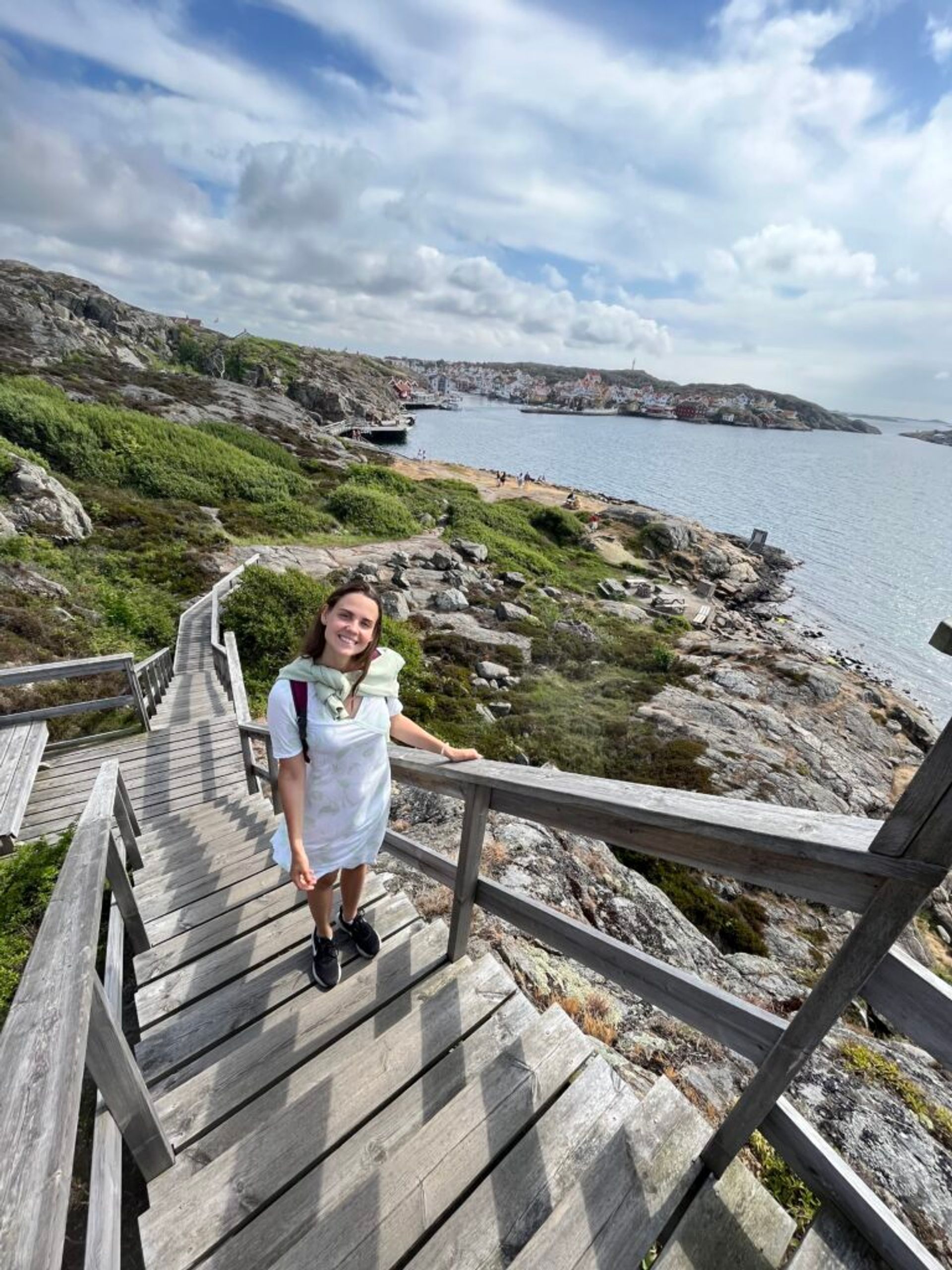
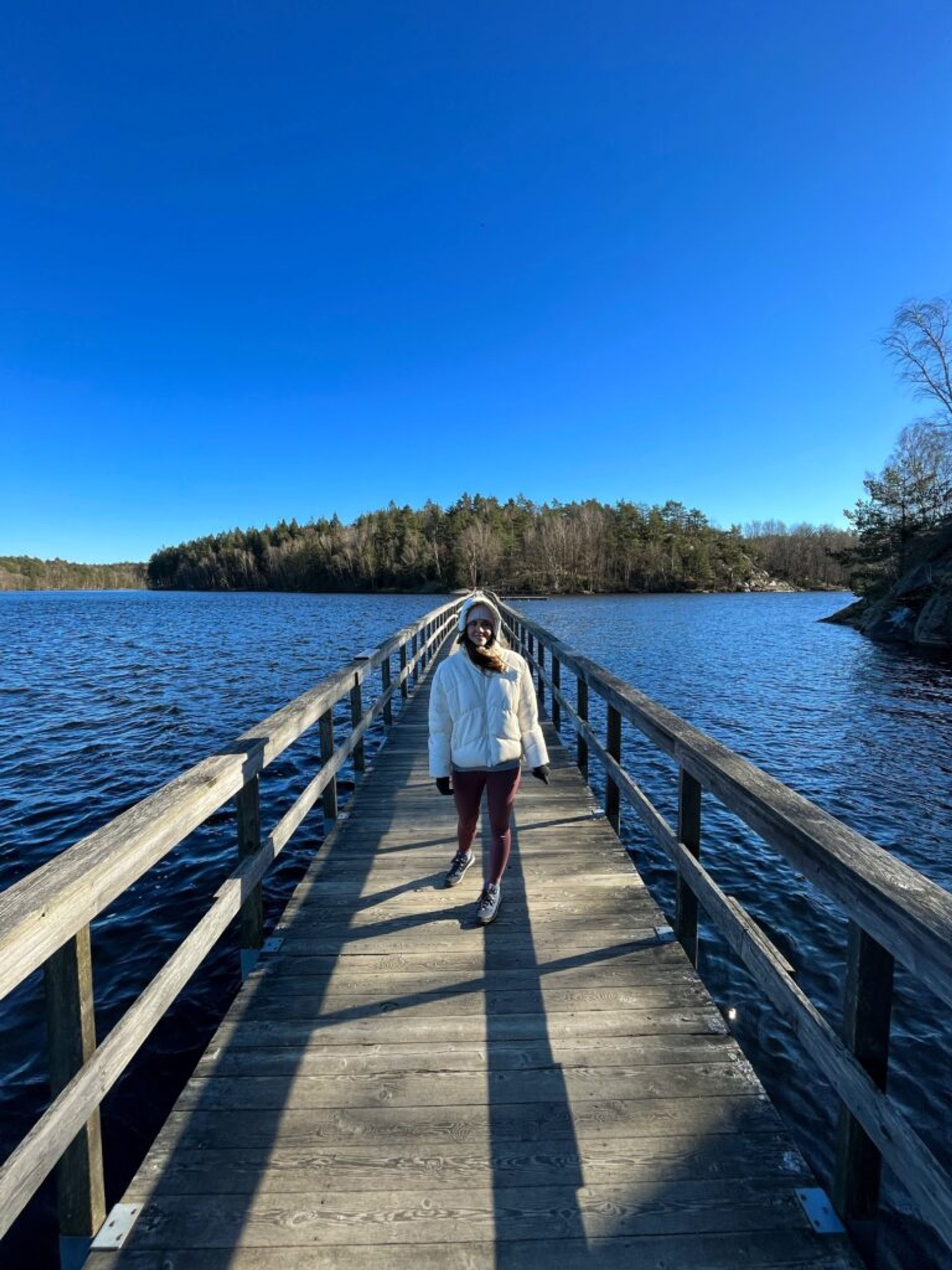
The average summer temperature is about 17 degrees Celsius which is good for little hiking adventures, but not the best for swimming in the sea. Believe me, I tried. You can still however explore Gothenburg’s archipelago during both winter and summer. The daylight hours are about 7 hours on the shortest day in winter and almost 18 hours on the longest day in summer. Three of the popular universities found in these cities are the University of Gothenburg, Chalmers University, and Jönköping University.
Halmstad and Växjö
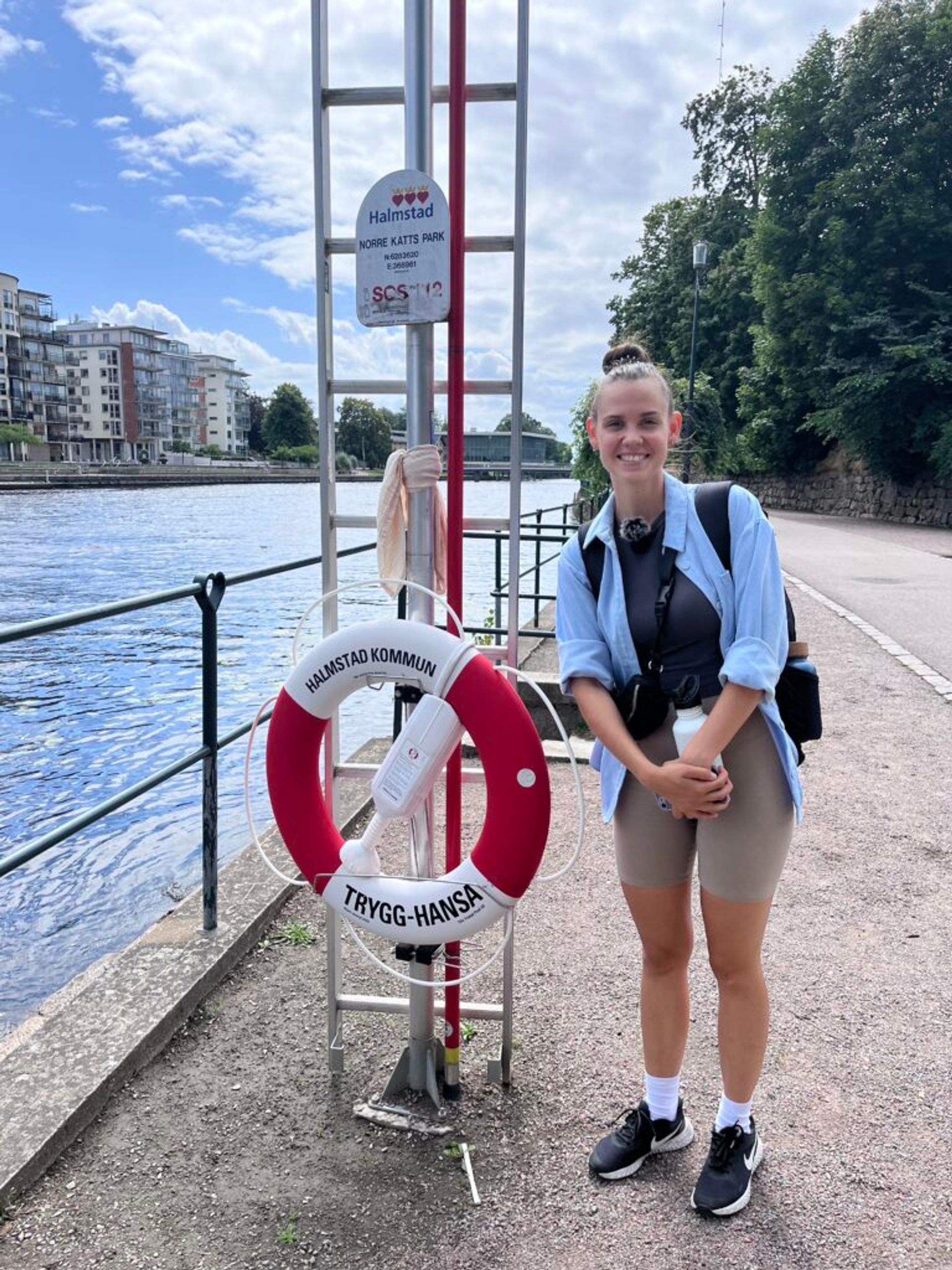
My friends and I visited Halmstad this summer. I knew that the city has a good university, Halmstad University, which offers various Master’s programmes in IT, Innovation Sciences, and Health Sciences. I was however wondering what the city itself has to offer. Judging based on my visit, it’s the beach. With the average summer temperatures from 17 to 21 degrees Celsius (or more), you can get several nice and warm days at the beach. Also, the longest summer day is about 17 hours, which means you can stay at the beach for most of the day. There is not much to do in winter. You can go for winter walks or cross-country skiing. The average winter temperature is however about 2 degrees Celsius, which means that you won’t get much snow. Växjö is a bit colder with an average winter temperature of about -2 degrees Celsius.
Blekinge County
The average summer temperature in the Blekinge region of Sweden can range from 20 to 26 degrees Celsius, which is perfect for a summer swim. Winter temperatures range from -2 to 2 degrees Celsius, which also suggests that there is a bit more rain than snow during winter. You can still however try winter swimming, you first warm up in the sauna and then jump into the icy water. This is super popular in Sweden and healthy too. ❤️🩹 Here you can study at Blekinge Institute of Technology which specialises in IT and Computer Sciences. The daylight hours range from 8 hours during the winter months to 18 hours during summer.
Skåne County – Helsinborg, Malmö, Lund, and Kristanstad
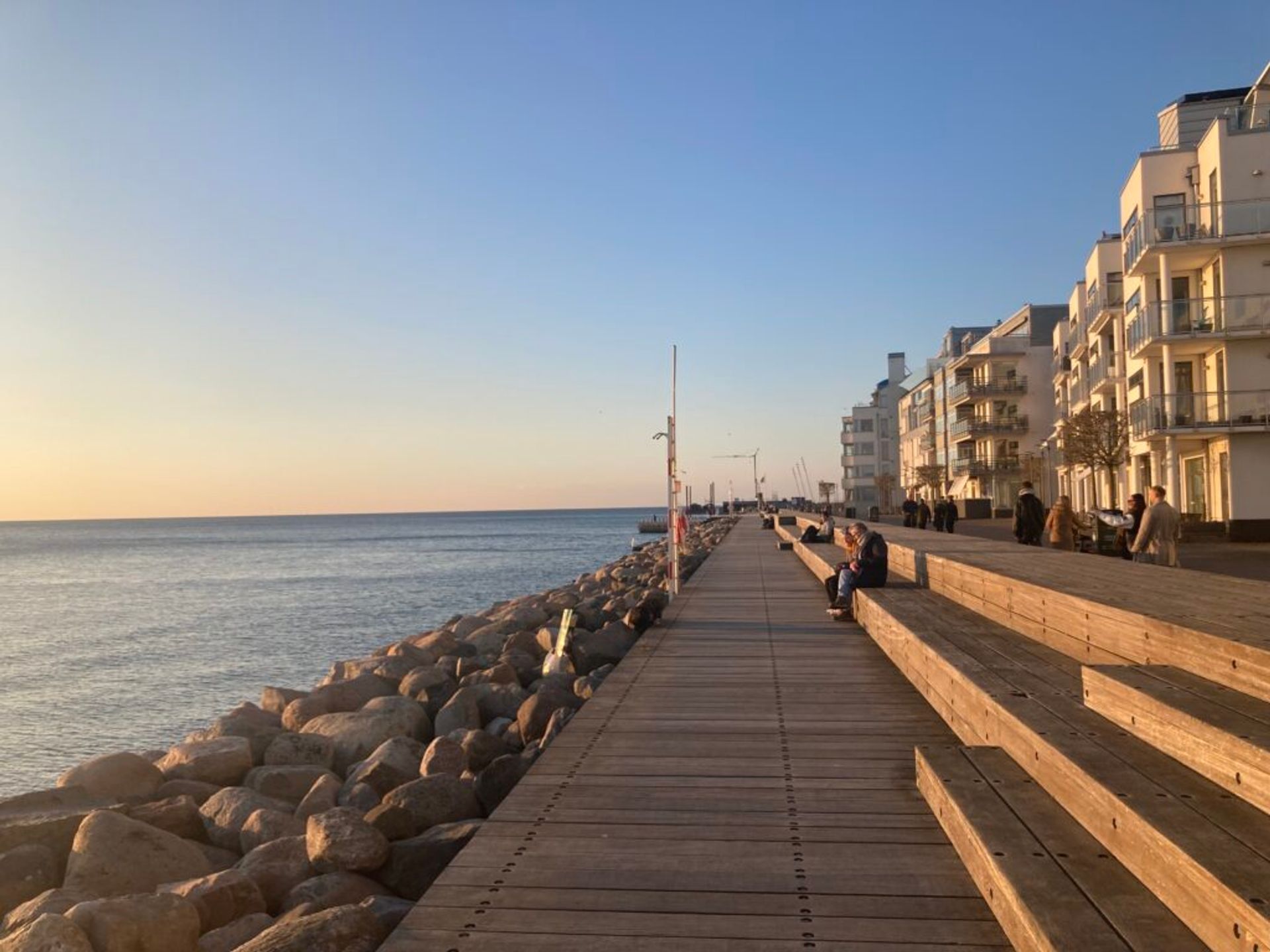
Skåne is the southernmost region in Sweden. I have yet to visit Helsingborg and Kristanstad but sweet Malmö and Lund, that was love at first sight for me. ❤️ I visited these cities in April, which is not the warmest month to come but I liked it anyway. Lund offers cosy streets full of cafes and history while Malmö is more modern and super close to the sea – it feels like a coastal city. If you have the opportunity to study at Malmö University or Lund University (which are both awesome), definitely don’t hesitate. The average summer temperature in these cities ranges from 18 to 24 degrees Celsius (some days are even warmer), which is perfect for a day at the beach (or at one of the many beaches). These cities are also great connections to Denmark, from Lund/Malmö by train and from Helsinborg by ferry.
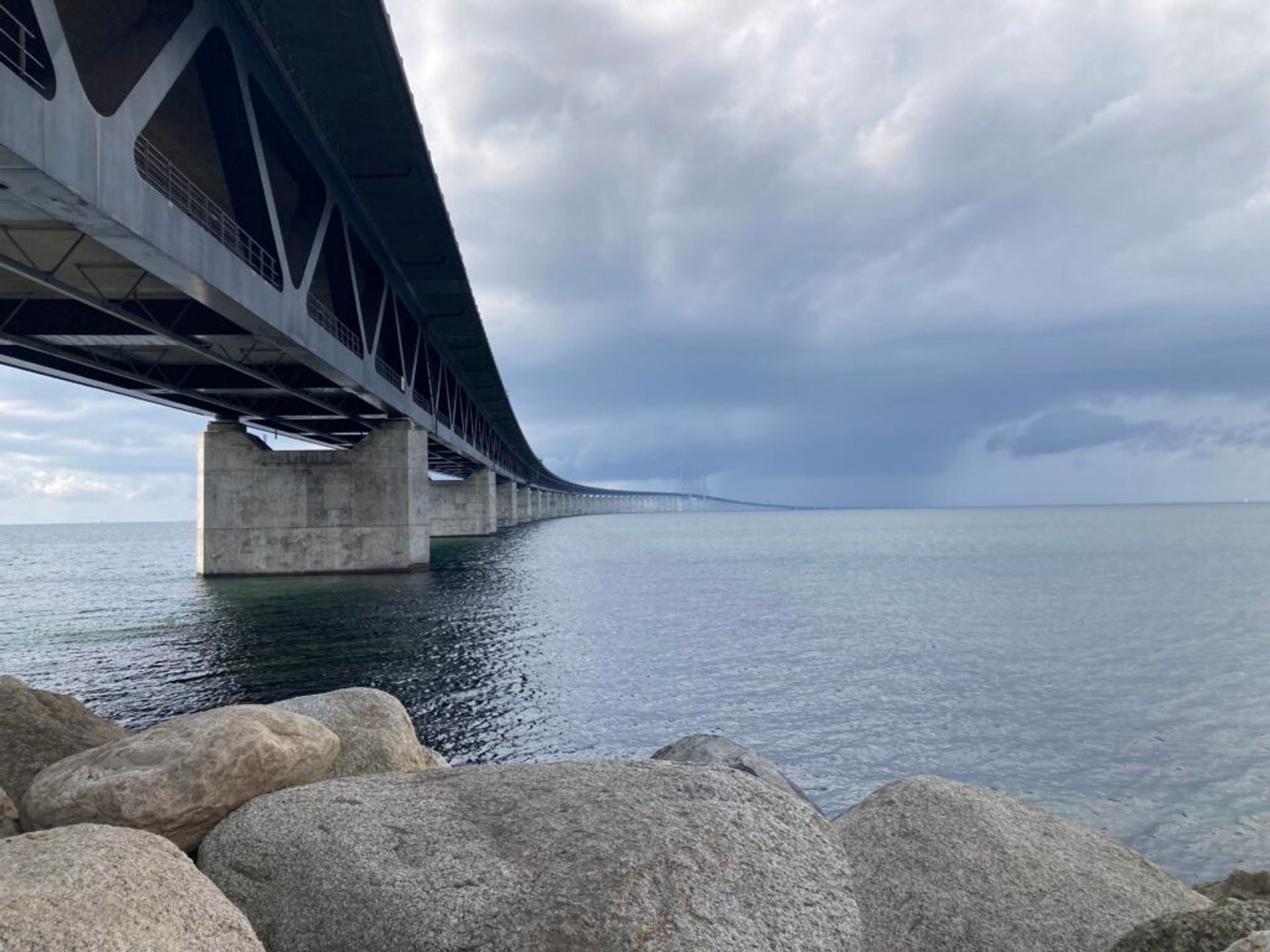
The average winter temperature in the Skåne region is about 1 degree Celsius, which also means that snow melts quite quickly. You usually get more rain than snow in this region. The winter activities here are mostly about exploring the museums or staying cosy inside a nice cafe. At least you get a lot of daylight, 8 or more hours during winter and up to 16 hours during summer.

